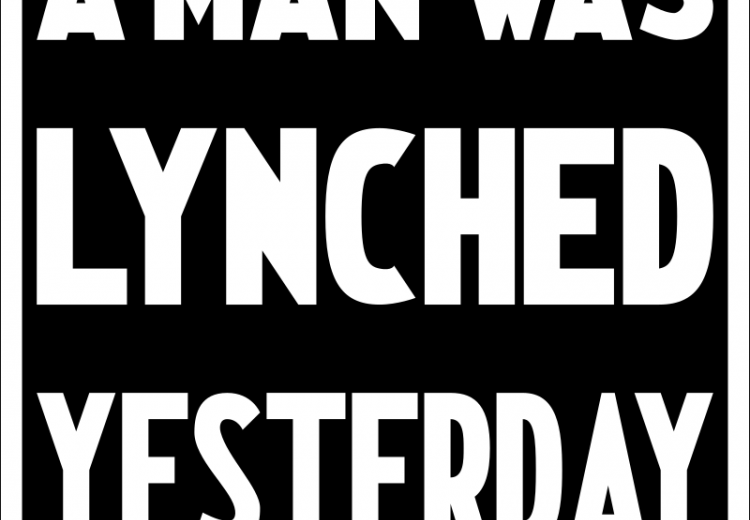Lesson 1: NAACP’s Anti-Lynching Campaign in the 1920s

Replica of the NAACP's "A Man Was Lynched Yesterday" flag that was flown at the NYC headquarters during the 1920s and 30s.
This lesson focuses on the constitutional arguments for and against the enactment of federal anti-lynching legislation in the early 1920s. Students will participate in a simulation game that enacts a fictitious Senate debate of the Dyer Anti-Lynching Bill. As a result of completing this activity, students will gain a better understanding of the federal system, the legislative process, and the difficulties social justice advocates encountered.
Guiding Questions
Why did the NAACP pressure the federal government to enact anti-lynching legislation?
What were the constitutional arguments for and against federal anti-lynching legislation in the 1920s?
Why did Congress fail to enact anti-lynching legislation in the 1920s?
Learning Objectives
Explain the history of the NAACP's anti-lynching campaign in the early 1920s.
Analyze and evaluate the constitutional arguments for and against federal anti-lynching legislation in the 1920s.
Assess the significance of the failure of Congress to enact anti-lynching legislation and its impact on social justice in the United States.

